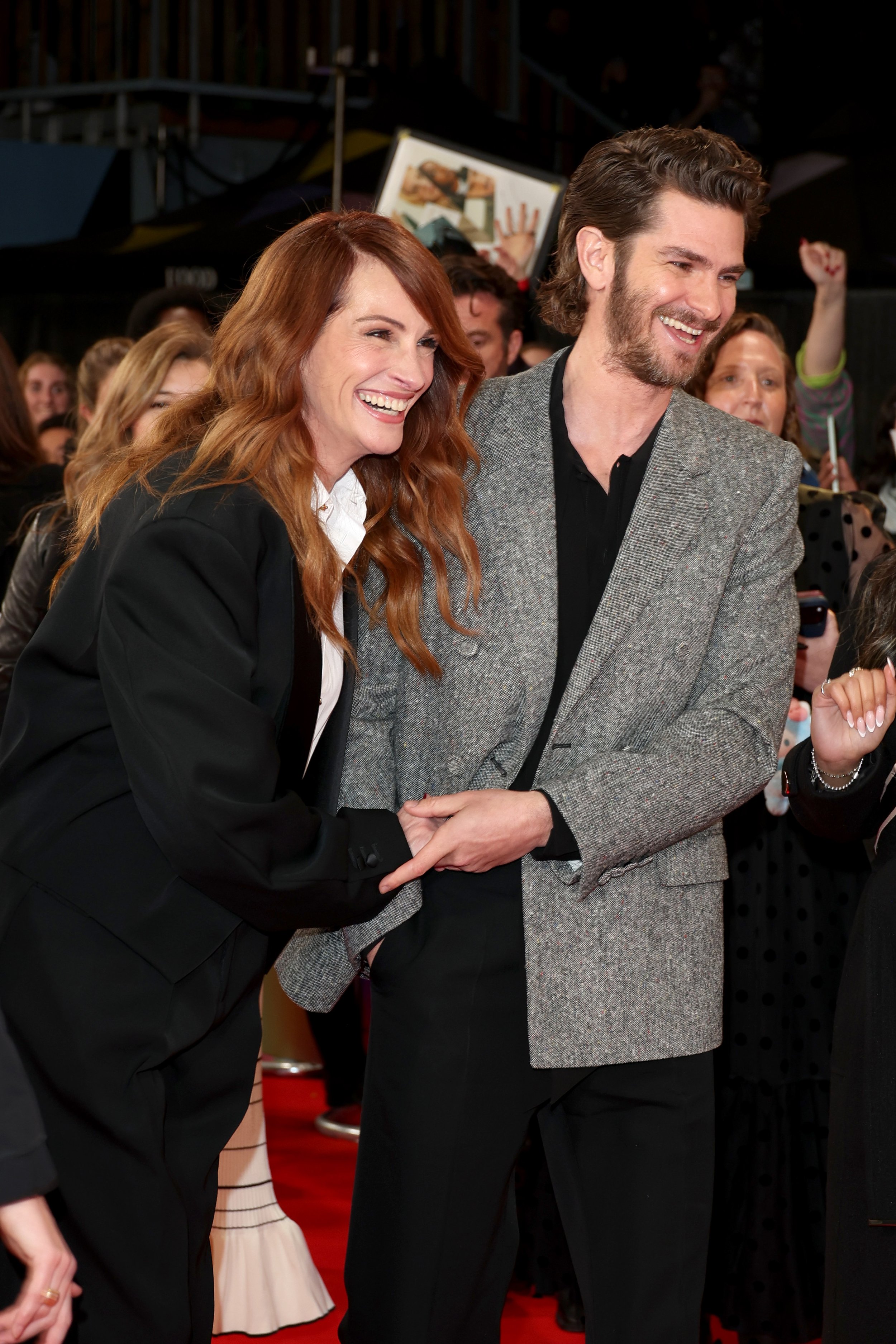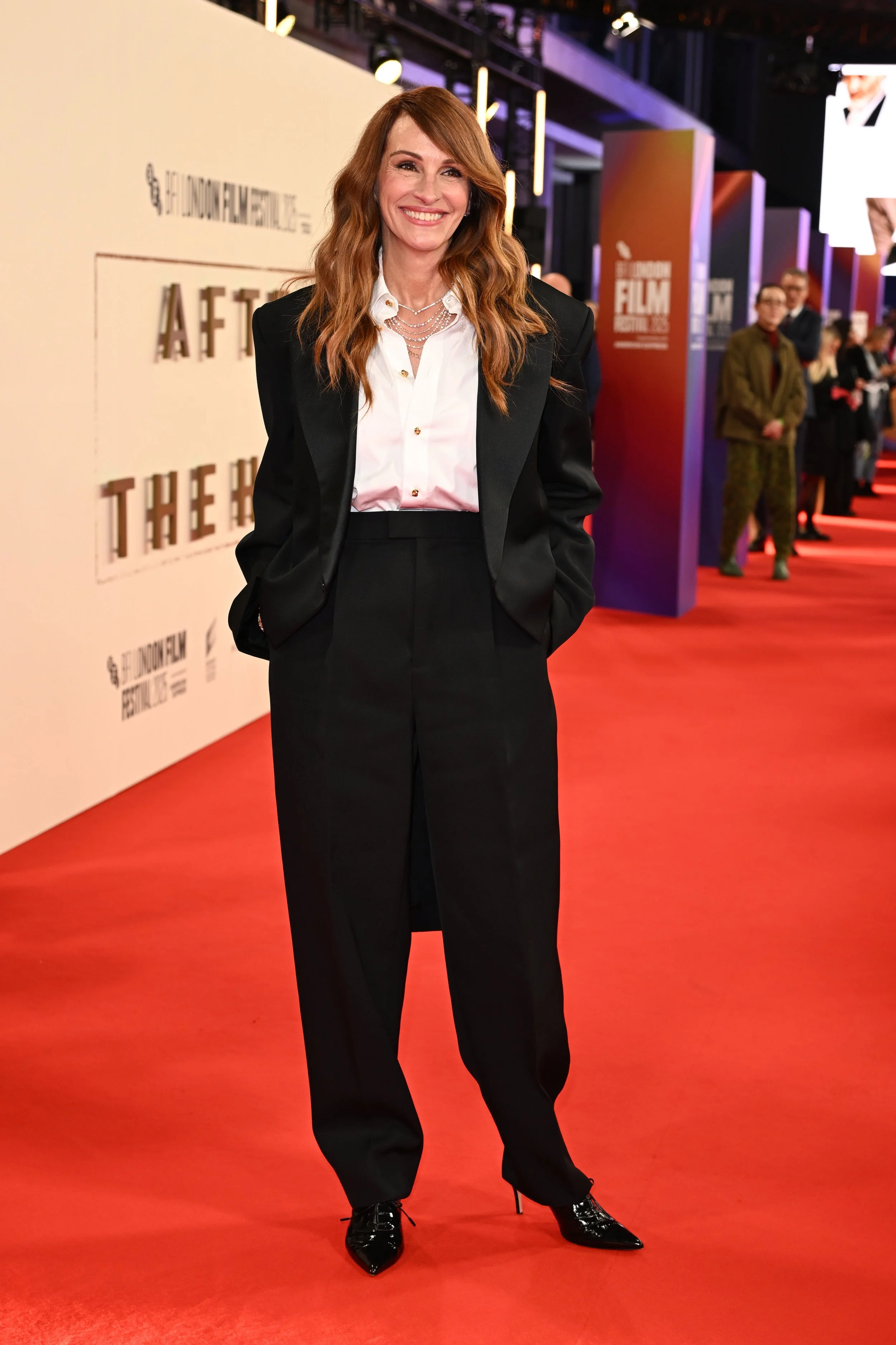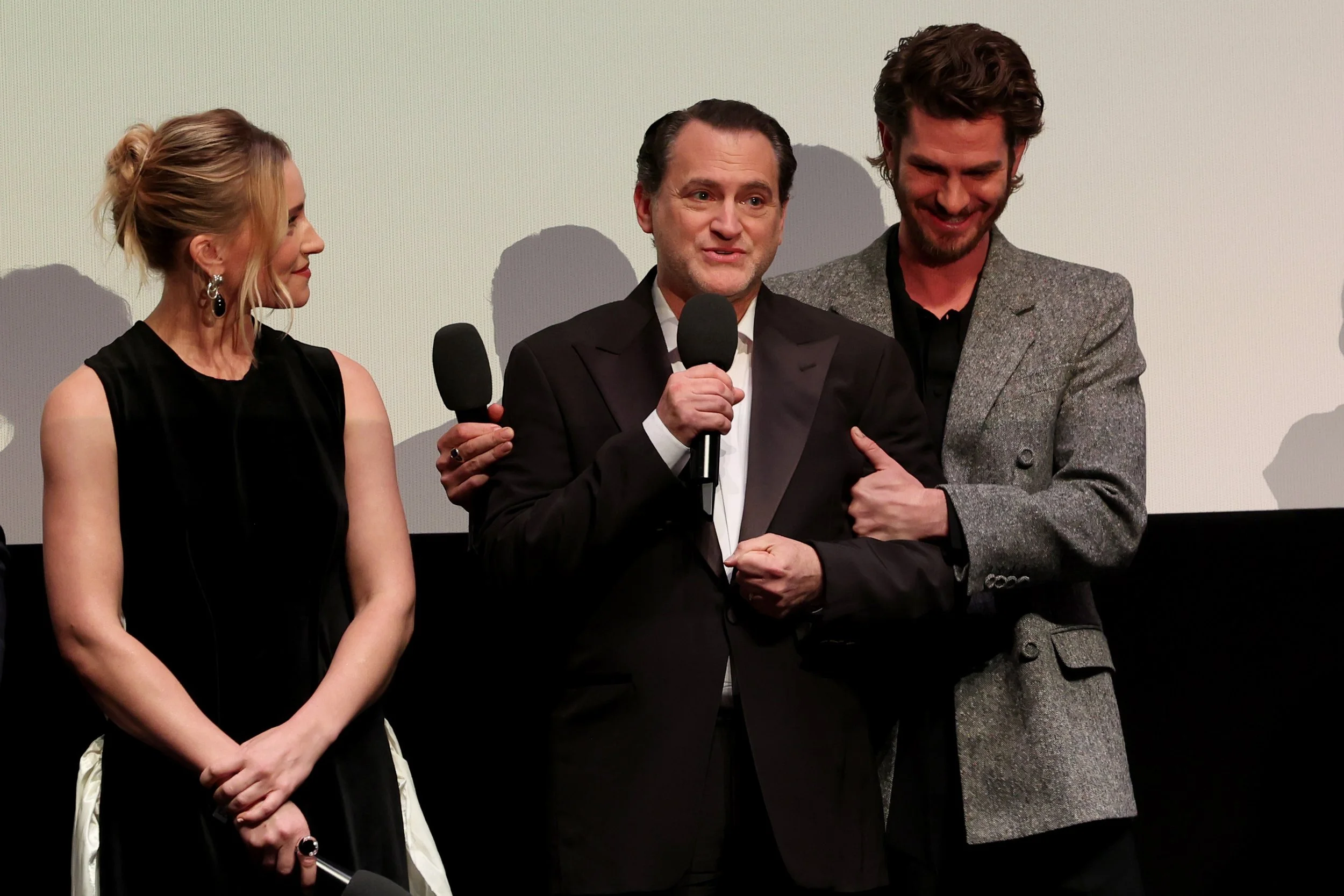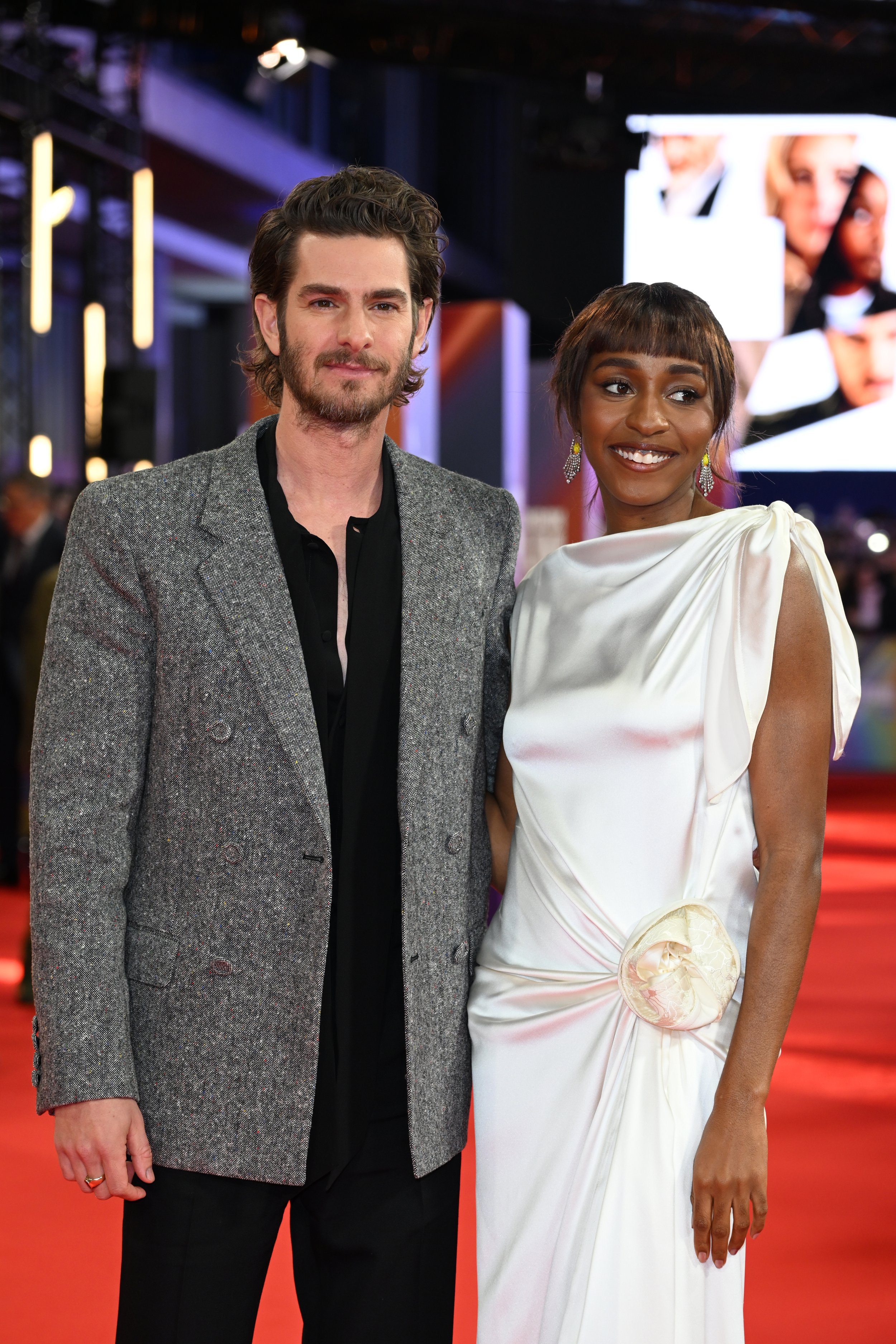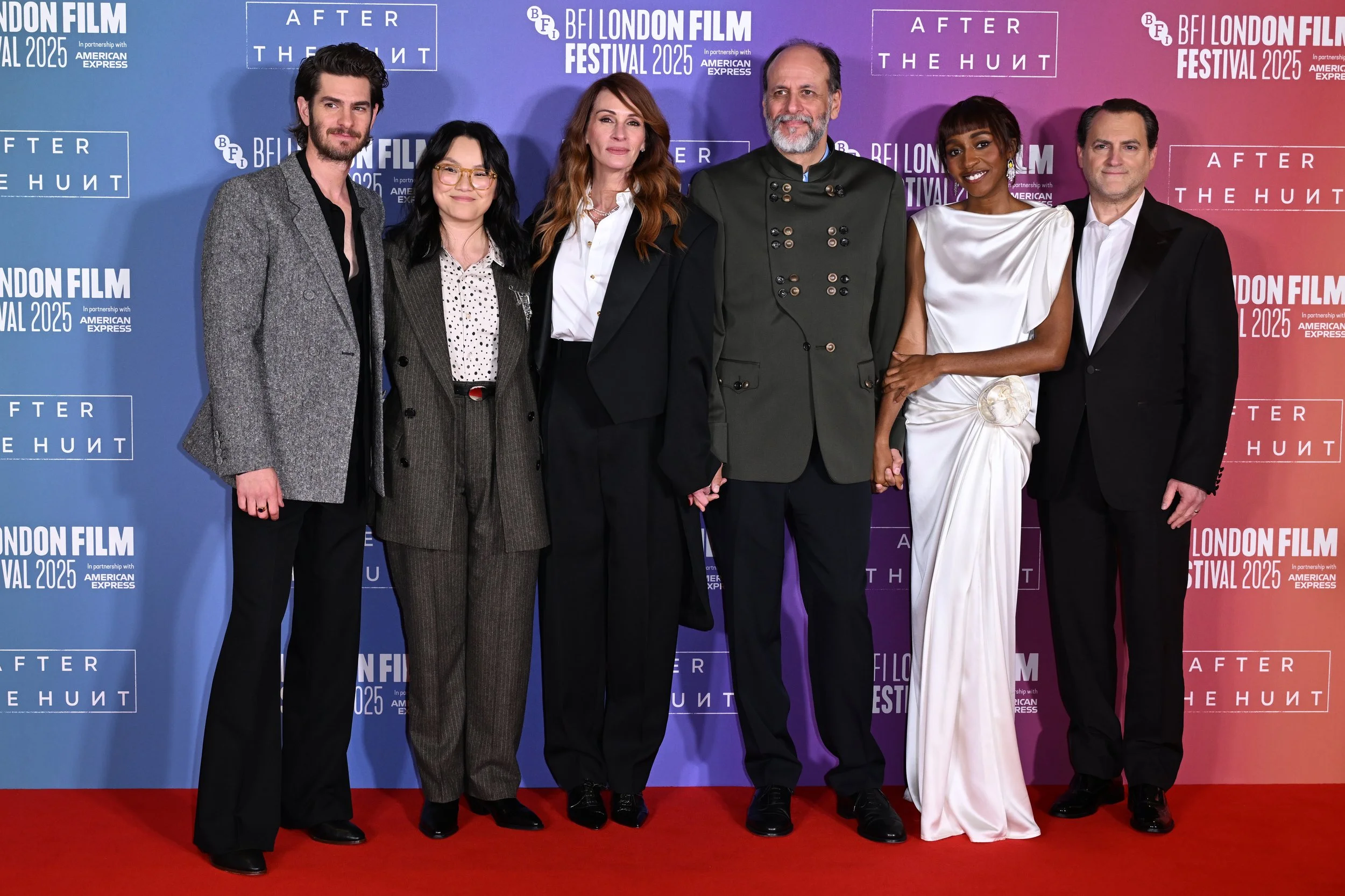
Truth is in the Blur for Luca Guadagnino’s After the Hunt
Officially, Luca Guadagnino’s After the Hunt begins with a #MeToo-era accusation at Yale. Student Maggie (Ayo Edebiri) accuses Professor Hank (Andrew Garfield) of misconduct after a party hosted by a mutual friend, Professor Alma Imhoff (Julia Roberts). From this scaffold, constructed by writer Nora Garrett, hang heavy themes: gender and power, race and class, moral authority and generational divide.
Within the film’s first act, Guadagnino lures you in with the confidence of a master conductor, as camera, tone, and rhythm all work in elegant concert. One of his subtlest triumphs lies in how he plays with focus. Put simply, blurred edges for blurred motives. In scenes where dialogue crackles with philosophical implication, the frame itself seems to falter. The camera slips, evading complete resolution as characters dance around the abstractions of morality and truth.
In one of my favourite scenes set in Alma’s kitchen, Roberts and Edebiri face one another like mirrors. Alma’s face is crystal-clear; Maggie’s flickers in and out of focus. It’s visual storytelling at its sharpest, with ambiguity given texture and breath as Guadagnino reveals all through his camera work. It is through this blurred style of directing that we learn who demands to be believed, and who has the authority to make that judgement.
Here, truth is less a matter of fact than of perception. Alma sees, Alma judges, and yet, Alma cannot trust her own senses.
From the opening seconds, a metronomic tick underpins the score, an anxious pulse that recurs whenever Alma’s composure frays. Early on, it hums beneath the controlled showmanship of her lifestyle as a Yale professor up for tenure, while later, it resurfaces as her control unravels.
I confess: the ticking didn’t always land for me. There were moments when it seemed like a shortcut for building tension, rather than arising organically from what the scene needed. At its worst, it risked becoming a somewhat lazy auditory cue. But Guadagnino’s restraint elsewhere means that when the ticking does impose itself, it feels more like a tremor beneath surface composure than a mechanic.
A standout scene arrives late in the film, during one of Alma’s more intimate lectures. Her class has dwindled in the wake of Maggie’s allegations, leaving Roberts to discuss her lecture with an obviously untalented group of students. One Gen-Z student presses Roberts to assign the Other, a well known trope of fiction and philosophy, an identity. Not to better understand it, but to dismantle it. Some have compared the exchange to a similar scene in TÁR. But those comparisons, while tempting, feel imprecise. Where Todd Field fixated on the wielder of authority, Guadagnino is more interested in the shape of the argument itself: how truth, performance, and power intersect when privilege defines the terms of the debate.
Costume becomes another vessel of meaning. Hank’s loosened attire mirrors his ease within the institution, until that ease combusts. Maggie’s polished yet fragile style, equal parts armour and imitation, fractures under pressure. Alma, meanwhile, is immaculate to the last thread. The suits pressed, the gestures poised. Roberts’ performance is all precision and repression, her descent less a collapse than a peeling away, layer by layer, until only raw control remains ahead of her final confession.
Critics have called the film “overlong, overwrought, and muddled” (The Guardian), while others like ABC News have praised its somber restraint and Roberts’ measured brilliance. Both readings are fair. Guadagnino’s reach sometimes exceeds his grasp; an abrupt epilogue and a few underfed subplots (class, identity, privilege) dilute the film’s density. Yet these fissures feel almost inevitable. They’re stress fractures in a structure built to contain moral contradiction. After all, the film presents us with three main characters who have spent their lives uprooting the social and mental causes of human nature, and shows us that even this level of study cannot give us answers.
Perhaps this is an overthought conclusion, but I found the film’s shallow attempts to find grand meaning in philosophical theory intentional. These are deeply self-centred characters. Neither Maggie, Hank, or Alma hold any real answers to their grand questions, and that’s exactly the point.
The academic world is rendered with surgical precision where everything gleams, yet every surface hides unease. Even as characters dissect identity and virtue, Guadagnino asks the harder question: who gets to define them? And who pays the cost?
What makes After the Hunt resonate is its quiet conviction. There is a disciplined silence in many scenes. Physicality often draws the narrative much further than the dialogue in the very same scene. In fact, I found that some of the best acting from all three of the central roles came when it was only their hands in frame.
It’s not flawless, but it is fearlessly adult. It rejects moral clarity, choosing instead to dwell in the discomfort of competing truths. In a cinematic landscape addicted to resolution, Guadagnino gives us ambiguity as architecture.
For all its unevenness, this is a rare, riveting work, a film of restraint, performance, and slow uncoiling dread. Roberts delivers one of her most controlled and compelling turns in years. Guadagnino proves, once again, that his greatest weapon is poise, and the power that can come from the most basic camera tricks.
